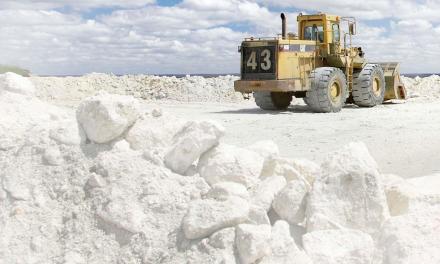Electric vehicle (EV) drivers are grappling with a chilling reality: the performance of their electric vehicle batteries significantly diminishes as winter temperatures drop to record lows. This issue, stemming from the limitations of lithium-ion batteries, has become strikingly evident with sub-zero temperatures causing unforeseen complications for EV owners.
The chemical activity within lithium-ion batteries reduces in extreme cold, leading to decreased power output. This can manifest as a reduced driving range and slower charging times, leaving many EV drivers stranded or frequently tethered to charging stations.
“There’s validity to the concern that you are going to lose some range in the really cold weather,” president and CEO of Plug’n Drive Cara Clairman said. “Let’s say you might lose 20 percent. That’s only an issue for you if that particular day you’re driving 350 kilometres,” she added. “So just keep in mind it’s probably not an issue for most people.”
Furthermore, maintaining a comfortable cabin temperature in these icy conditions can consume a significant portion of the battery’s power, further reducing the vehicle’s range. This dilemma has led to growing frustration among EV owners, who must balance between staying warm and preserving their car’s battery life.
While all batteries, including those in traditional gas-powered cars, can struggle in cold weather, the effect is more pronounced in electric vehicles. Unlike gasoline cars where the battery is primarily used to start the engine, in EVs, the battery is the vehicle’s lifeblood, powering everything from the motor to the heating system.
For residents in areas like Chicagoland, the winter freeze presents an additional set of challenges. Some drivers report having to charge their vehicles twice as often, significantly disrupting their daily routines.
“This is crazy. It’s a disaster. Seriously,” Tesla owner Chalis Mizelle said.
However, it’s important to remember that this technology is still evolving. Manufacturers such as Tesla are continually working on improvements to mitigate these issues, and as technology advances, EVs will likely become more resistant to extreme weather conditions.
This situation also underscores the importance of proper planning and preparation for EV drivers. Experts recommend pre-conditioning the vehicle while it’s still plugged in, minimizing energy usage for heating when on the road. Using seat heaters instead of the car’s heater, planning trips around charging stations, and parking the vehicle in a garage can also help to preserve battery life.
“A great feature of nearly every EV on the market now is that it’s very easy to use your phone to turn on the heat five minutes before you get in the car,” executive director of the Washington, D.C.-based Zero Emission Transportation Association Albert Gore III said. “That doesn’t just make the car more comfortable, it also helps to precondition the battery, and that will extend your range, depending on what type of vehicle you have.”
The current cold-weather struggles highlight the need for continued research and development in the electric vehicle industry. As EV adoption continues to rise, addressing these challenges will be crucial to ensuring their long-term viability and user satisfaction.
Image Source: CarBuzz






